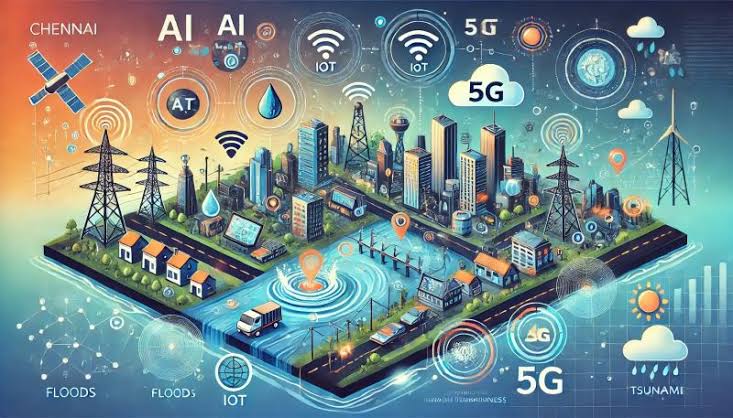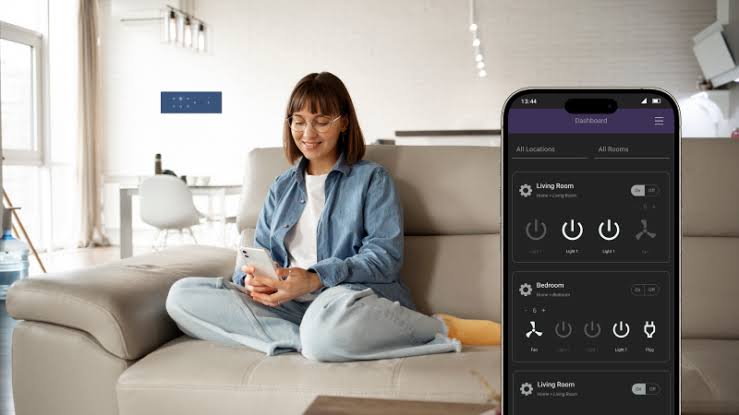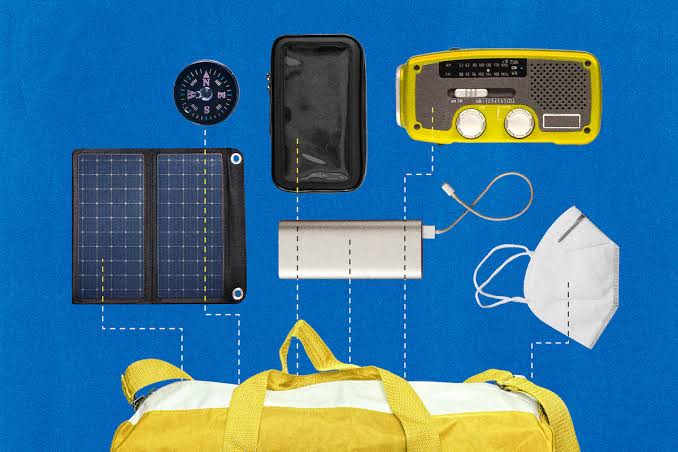Disasters, whether natural or man-made, can strike unexpectedly and leave devastating effects on communities. In 2025, smart gadgets have become critical tools in improving disaster response, offering rapid communication, real-time monitoring, and efficient resource management. Advances in the Internet of Things (IoT), artificial intelligence (AI), and mobile technology have allowed devices to assist first responders, government agencies, and civilians in managing crises more effectively. By integrating smart gadgets into disaster response strategies, authorities can save lives, reduce damages, and accelerate recovery.
Enhancing Early Warning Systems
Early warning systems are vital for reducing the impact of disasters. Smart gadgets play an important role by detecting environmental changes and alerting communities before a crisis escalates.
Key contributions include:
- IoT Sensors: Devices placed in flood-prone areas or seismic zones can detect unusual water levels, tremors, or gas leaks.
- Smartphones with Alerts: Governments can send emergency notifications directly to residents’ phones in real time.
- Wearable Devices: Smartwatches and health trackers can provide location and health alerts to both users and authorities.
By enabling faster and more precise warnings, these gadgets give communities more time to prepare and evacuate if necessary.
Supporting Communication and Coordination
Clear communication is essential in disaster response, especially when traditional networks are disrupted. Smart gadgets help maintain connections between responders and affected populations.
Examples of their role in communication include:
- Satellite Phones and Smart Radios: Provide communication even in areas where cell towers are down.
- Mobile Apps for Coordination: Platforms that track rescue operations, volunteer movements, and supply distribution.
- Mesh Networks: Smartphones and IoT devices can create peer-to-peer networks when internet connectivity fails.
These tools ensure that critical information flows quickly to save lives and allocate resources efficiently.
Real-Time Monitoring and Situational Awareness
Smart gadgets enhance disaster response by offering real-time monitoring of affected areas. This allows agencies to assess the scale of the crisis and deploy resources effectively.
Important monitoring technologies include:
- Drones and Aerial Cameras: Provide live imagery of disaster zones for rapid assessment.
- Environmental Sensors: Track air quality, water contamination, and radiation levels after a disaster.
- GPS-Enabled Devices: Assist in mapping safe routes and identifying areas needing immediate assistance.
This situational awareness ensures that first responders can act based on accurate and timely data.
Facilitating Rescue and Relief Operations
Smart gadgets directly assist in search, rescue, and relief efforts by improving accuracy and speed.
Some of the most impactful devices include:
- Thermal Imaging Drones: Locate trapped individuals in collapsed buildings or dense terrain.
- Wearable Trackers: Monitor the health of both victims and first responders in real time.
- Smart Supply Management Systems: Track food, water, and medical supplies to avoid shortages or delays.
With these tools, disaster relief teams can operate with greater efficiency and coordination, ensuring aid reaches those who need it most.
Data Collection and Analysis for Better Response
Collecting and analyzing data during and after a disaster is critical for informed decision-making. Smart gadgets powered by AI and IoT collect vast amounts of data that help responders understand the crisis.
Benefits of data-driven response include:
- Identifying High-Risk Areas: Pinpointing locations that require urgent attention.
- Predicting Disaster Impact: Using real-time data to forecast the spread of floods or fires.
- Optimizing Resource Allocation: Ensuring medical supplies and rescue teams are deployed where they are most effective.
This analytical approach strengthens overall disaster management strategies and supports faster recovery.
Empowering Citizens and Community Resilience
Smart gadgets not only help first responders but also empower individuals to stay safe and assist in community efforts.
Practical examples include:
- Emergency Apps: Provide safety tips, evacuation routes, and shelter locations.
- Smart Home Devices: Detect fires, gas leaks, or structural damage and alert residents instantly.
- Social Media and Crowdsourced Platforms: Citizens can share real-time updates, aiding local authorities.
By involving communities in disaster management, smart gadgets help reduce casualties and improve overall resilience.
Conclusion
The role of smart gadgets in disaster response has become more vital than ever in 2025, bridging the gap between prevention, response, and recovery. From early warning systems and real-time monitoring to rescue operations and community empowerment, these devices enable faster and more effective crisis management. As technology continues to evolve, integrating smart gadgets into disaster preparedness plans will be crucial for minimizing damage, saving lives, and building stronger, more resilient communities worldwide.



